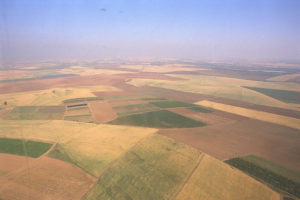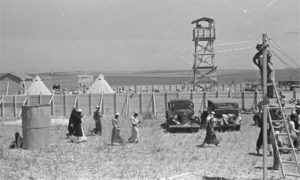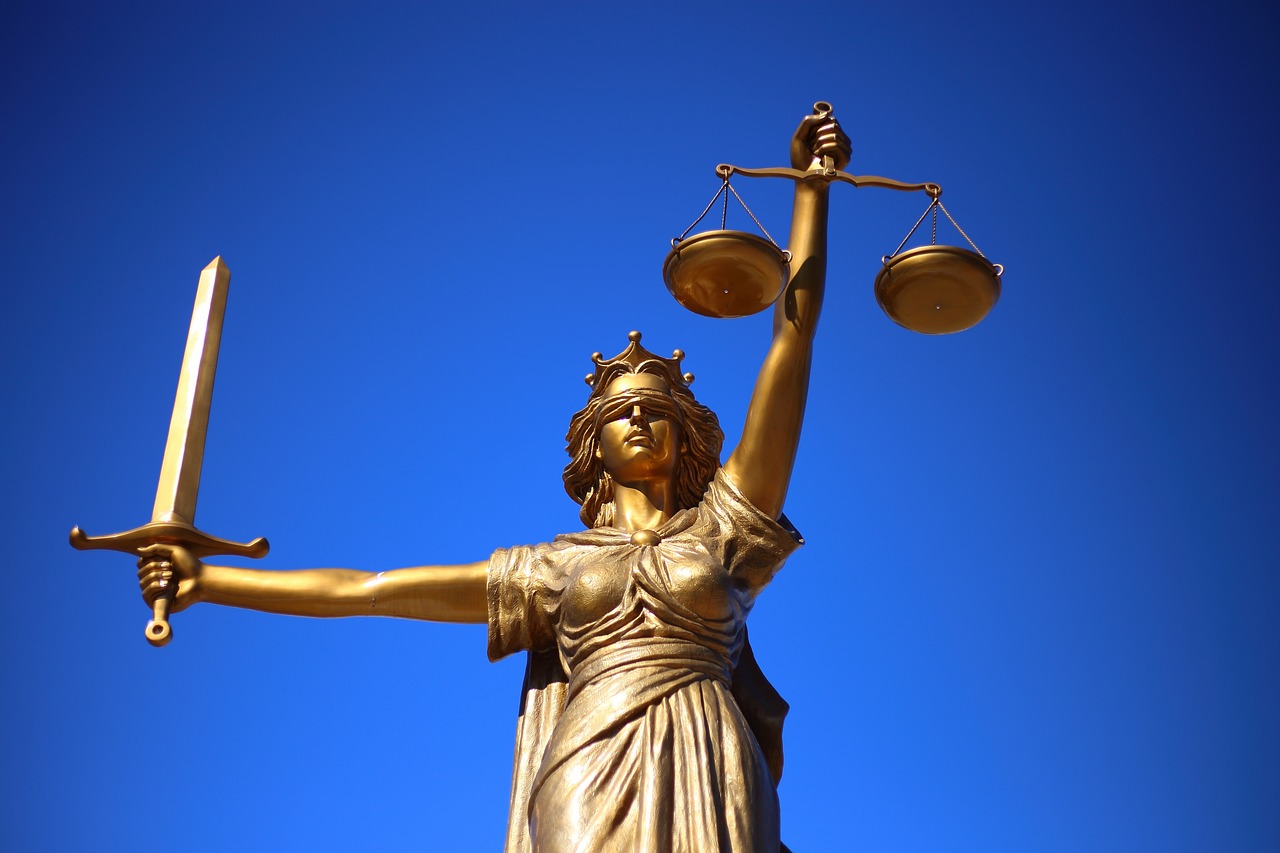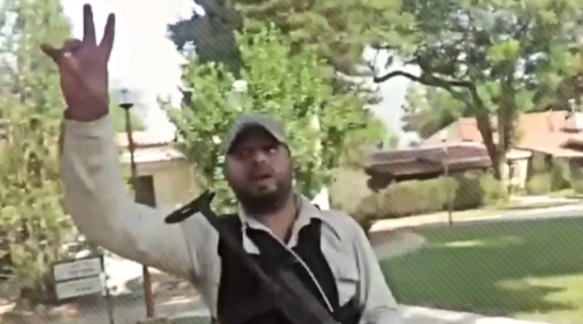One of 52 Jewish outposts of the”Homa UMigdal”, the pre-state Yeshuv’s strategy to overcome settlement restrictions by the British, Kibbutz Negba was where the advancing Egyptian Army was stopped.

Located in the northern Negev desert near the cities of Kiryat Malakhi and Ashkelon is Kibbutz Negba, off route 3 south from the Jerusalem-Tel Aviv highway.

Established in 1939, Kibbutz Negba was one of 52 Jewish outposts which started off as a “Homa UMigdal” – Tower and Stockade – settlement. It was initially settled by Polish Jewish refugees, it was the southern most Jewish encampment during the mandate period.(1917-1948).

Kibbutz Negba played a prominent role during the War of Independence (1947-48) in which 24 of its members were killed over the course of 2 major battles, defending against the Egyptian invasion. It is home to their grave sites as well as monument dedicated to their memory. A bullet riddled water tower within the kibbutz serves as a testimony to the intensity of the battles.

During the mandate period,the British imposed severe restrictions on both Jewish immigration to their ancestral land and on the establishment of new Jewish settlements therein. This coupled with the 1936-1939 Arab revolt, also known as great revolt, induced the resident Jewish community to devise a strategy to overcome these restrictions.
In order to establish facts on the ground, the local Jewish community exploited an Ottoman law that was still in effect at the time. The law stated that any illegal structure that was roofed could not be dismantled. It was thus imperative to hastily build a structure that adhered to this legal stipulation. The Tower and Stockade concept was implemented in which pre-fabricated wooden fencing was erected. The fencing enclosed an area of approximately one dunam and housed a “roofed” guard tower and room within its confines. This was in most cases achieved overnight, and over time these structures evolved into fortified agricultural settlements.The kibbutz houses a fully sized reconstruction of the structure.
Just beyond the borders of the kibbutz is the Hill of Tom and Tomer, a site that brings us to the year 1997. Two helicopters carrying 73 I.D.F. soldiers hovered over Israel’s northern border before entering Lebanon. As is customary, the lead helicopter turns off its lights before entering Lebanon and in so doing caused the second helicopter to crash into it. The collision resulted in the death’s of all 73 soldiers.

Two of the soldiers that died, were Tom Keidar from Kibbutz Negba (the youngest son of Yoav and Hagit Keidar) and Tom’s best friend Tomer. Tom had a deep love for the country and in particular the flora and fauna of the land. In order to memorialize Tom & Tomer and the other 71 soldiers that perished, Tom’s father Yoav created a garden made up of plants & fruits indigenous to the land of Israel. At the entrance to the garden is an electric pylon that has been transformed into a memorial to the fallen soldiers by having 73 doves painted on its surface.
Visitors are asked to donate 10 shekels when entering the site which also accommodates picnic tables.
____________________
Ron Traub is a certified Israeli tour guide and can be reached by email at rrdg
[To receive updates on more in depth articles on Israel and the Middle East, join us on Facebook or Twitter ]



